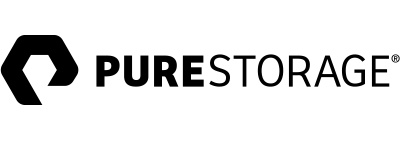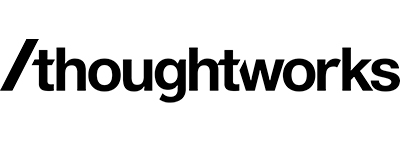Many leaders have implemented new policies around social distancing, mask wearing, vaccinations and desk booking for the hybrid future. But one area is being seriously overlooked: psychological safety.
Employees all over the world, working in different industries and positions, have been exposed to varying degrees of stress over the last 18 months.
Just 26% of people saying they felt psychologically safe at work during the pandemic (Workhuman).
Now, as the working world starts to regain its footing and offices begin to reopen, a myriad of questions, concerns and anxieties loom about what the future of the workplace will look like.
What is psychological safety and why does it matter?
Applied to an organisational context, an employee feels psychologically safe if they feel able to be fully oneself at work without risk of judgement.
This concept should not be overlooked, particularly whilst employees battle with conflicting sentiments towards the future and the prospect of returning to the office. The constant uncertainty about the way of working that employees felt during the pandemic, together with the pressure and expectations that have been put on them may have harmed their psychological safety.
As one of the strongest predictors of team effectiveness (Google) and a critical element of employee retention, managers and leaders must ensure psychological safety is at the top of the agenda in the new world of work.
This is becoming increasingly consequential as an increasingly vaccinated and confident workforce reflect on their experiences of the pandemic, and assess the future of work that is being put in front of them. The Big Quit is set to be a stark reality for organisations unprepared to value, and listen to employees.
There is no singular way to achieve psychological safety, and in the context of hybrid working, it has become more challenging. In this changing environment, the aim is to have the right insight to strike a balance that works for your organisation.
There are a number of things leaders can consider as they design their future work strategy:
The equalising and humanising effect of remote work
For many, remote working had an equalising effect on the way they worked. With everyone forced to communicate via virtual means – often as heads on tiny screens – many meetings felt flatter and less hierarchical. Characters who may second-guess themselves when an idea or question comes to mind – whether due to lack of confidence, introversion, age, gender or tenure – were given the same opportunity to take up space as their more extroverted colleagues. This psychological safety is hugely beneficial for both the individual, and for the diversity of thought and innovation of teams.
But as hybrid models start to develop, and the completely remote ways of working dwindle, ensuring that your more introverted team members still have a voice at the table is essential.
Social and pandemic-related anxieties
Whether mentally or physically, everyone’s experience of the pandemic was unique. Much of this is rooted in deeper socio-economic and health-based differences, which saw the resultant impact on living situations, isolation, childcare, financial security etc.
As you now consider a post-pandemic future, keeping in mind these perspectives is critical. An employee who prefers to work from home because of the fear of Covid-19 or social anxiety caused by isolation shouldn’t be immediately labeled as lazy or less hard-working. It may simply reflect that people have been personally hit by the last 18 months, are vulnerable or scared.
Biased assumptions about who feels safe
It is easy to hold misguided assumptions about who feels safe. We routinely assume that a certain character in your workforce is likely to feel psychologically safe, while others aren’t. Those judgements can be informed by people’s attitude but they can also result from biases such as age, gender, or status, which can hinder the way you design a future of work strategy.
Psychological safety is something very delicate and personal – and this is the precise reason why we should find it out by interrogating and filtering data, and not just work on stereotypical assumptions. Biased assumptions regarding who feels psychologically safe will lead to inaccurate interventions. Consider carefully the way you are evaluating this.
How to nurture psychological safety in the future of work
There’s no silver bullet in creating a safe environment for employees due to the unique and highly-personal nature of psychological safety, as explored above.
It’s therefore critical that leadership continuously work on understanding their organisation and develop strategies based on real-time insights, rather than biased assumptions or out-of-date data.
There are two essential elements to understanding your organisation: considering what people say, and how they act. We can help with both.
Direct people insights
- Do employees feel they can ask any questions without fear of judgement?
- Can they ask questions openly to their superiors, and across departments?
- Can individuals who ask questions trust that they will be given adequate responses?
Connectivity and inclusion insights
In a period where the majority of knowledge worker collaboration, connection and communication is performed in workplace tools like Slack or Microsoft Teams, leaders must be able to build a continuous and evolving picture of how this happens. At Temporall, we gather real-time analytics on your workplace tools.
Using Workbench, you can understand the realities of your working patterns – beyond what people say. Real-time Organisational Network Analysis can help you map how well your teams are connecting across remote and physical locations, or visualise isolated pockets and siloed teams by demographic. This is vital to understand how well your workplace strategy is working for employees and what are the effects on working patterns and collaboration.
Don’t design your workplace strategy blindfolded!
Contact us to see how our Digital Workplace Analytics platform can help you drive better business outcomes.









